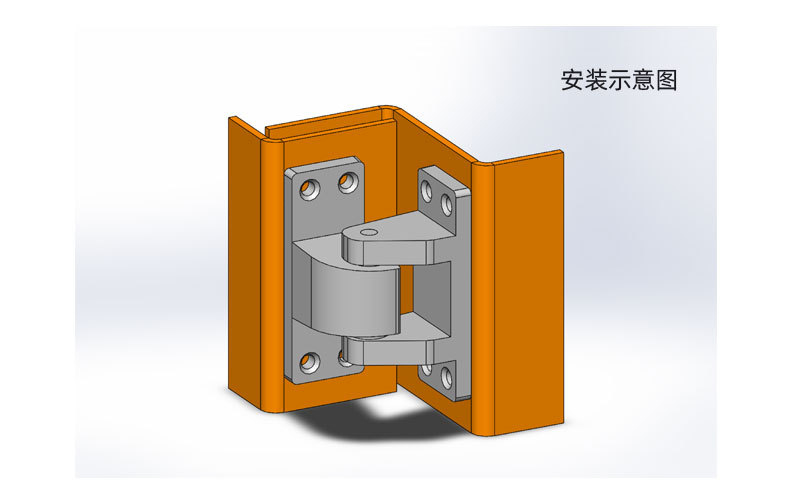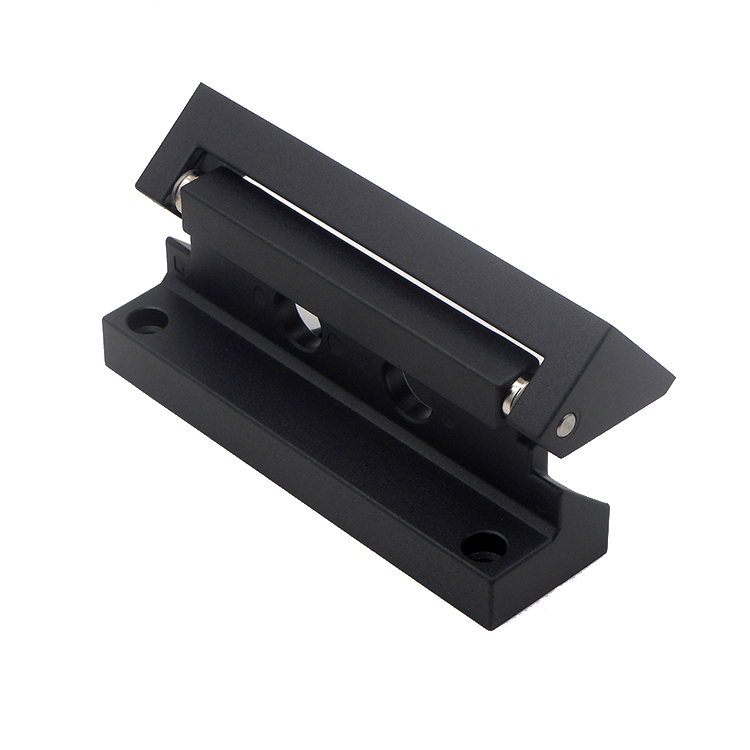Hinges, while often overlooked, play a pivotal role in a myriad of applications ranging from industrial machinery to aerospace. They ensure that doors, gates, and other pivoting structures move seamlessly. But, how do we determine the load a hinge can bear?
The load-bearing capacity of a hinge is intricately connected to its design, material, and intended use. Various tests and simulations are conducted, analyzing the stress and strain a hinge can endure. This process ensures safety and functionality across industries.
To dive deeper, let’s address some of the critical questions that surround the load-bearing capacities of hinges.

How Does Material Selection Impact Load-bearing Capacities?
The choice of material directly affects the strength and durability of a hinge. Stainless steel, for example, is often preferred in industrial applications for its robustness and resistance to corrosion. Different materials offer varying degrees of tensile strength and can greatly influence a hinge’s performance.
Brass, on the other hand, though less strong than steel, offers excellent resistance to wear and tear, making it suitable for applications where the aesthetic appeal is essential, but heavy load-bearing is not a primary concern.
What Role Does Hinge Design Play in Determining Load-bearing Capacities?
The design of the hinge, including its size, shape, and the number of knuckles, can significantly impact its load-bearing capacity. For instance, continuous or piano hinges, which run the entire length of the door or panel, distribute weight evenly and can bear heavier loads.
Conversely, butt hinges, commonly used in everyday applications, have a more concentrated stress point and might have a lower load-bearing capacity, depending on their size and material.

How Are Hinges Tested for Load-bearing?
To ensure safety and reliability, hinges undergo rigorous testing procedures. These may involve applying increasing amounts of weight until the hinge deforms or breaks. The data gathered helps in determining the maximum weight a hinge can bear without malfunction.
Additionally, cyclic tests are carried out, where a hinge is opened and closed repeatedly to understand wear and the potential for fatigue over time.
Does the Method of Installation Affect Load-bearing Capacities?
Absolutely. Even the strongest hinge can fail if not installed correctly. Factors like the depth and type of screws used, the alignment of the hinge, and the material it’s attached to, all play a role. Ensuring a proper fit and using the right fasteners can drastically improve a hinge’s load-bearing potential.

Why Do Different Industries Require Hinges with Different Load Capacities?
Different industries have unique requirements. In the aerospace industry, for instance, hinges need to be lightweight yet strong enough to handle the stresses of flight. Comparatively, heavy machinery might require robust hinges that can endure intense weights and constant use.
The choice of hinge is thus tailored to the specific needs and challenges of each industry, ensuring optimal performance and safety.
Can External Factors Like Temperature Influence Load-bearing Capacities?
Yes, external factors can play a role. For instance, hinges used in high-temperature environments might need to be made of materials that can withstand both the heat and the load. Prolonged exposure to such conditions can weaken the material and reduce its load-bearing capacity.
Similarly, in freezing conditions, materials might become brittle and less resilient, thereby affecting the hinge’s performance.

Are There Regulations and Standards for Load-bearing Hinges?
Various international standards and regulations guide the design, manufacture, and testing of hinges. These standards ensure that hinges meet the necessary safety requirements and provide consistency across the board.
For instance, industrial hinges might need to adhere to specific ISO standards, ensuring they can handle the rigorous demands of their intended applications.
Conclusion
Hinges, in their simplicity, carry the weight of critical responsibilities. Understanding their load-bearing capacities is paramount to ensuring the safety and functionality of countless applications. Through rigorous testing, precise design, and informed material selection, hinges continue to uphold their pivotal role in modern engineering and design.
You might also be interested:







